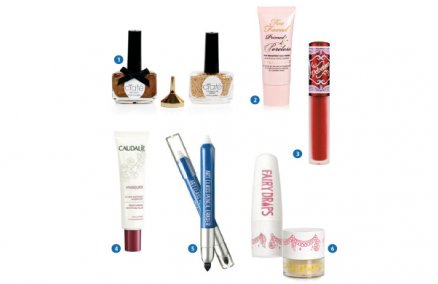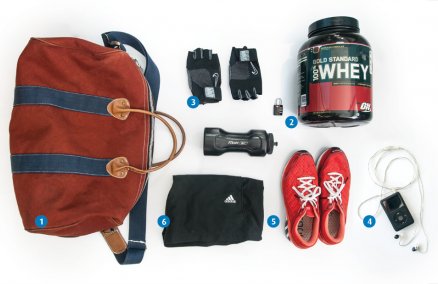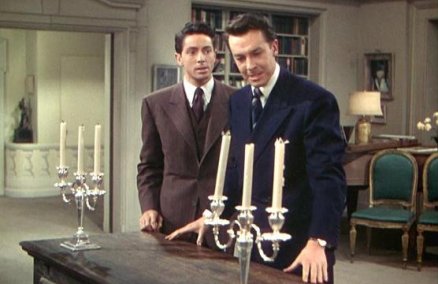Leo DiCaprio did it years ago. Nick Cage just did it a couple weeks ago. Angelina Jolie did it. Colin Farrell did it. Denzel Washington and Russel Crowe are reportedly going to do it, as is Sylvester Stallone (again). These are just a few of the actors who have seen their work take them to our fair shores. And it’s not just Hollywood but also Bollywood and of course our very own ‘Kokwood that is finding Thailand an ideal place to shoot movies. According to government officials, this is great for our economy and tourism (which is great for our economy), and we can expect to see more and more film and TV productions here, including Rambo 50 (just kidding: it’s “only” Rambo 4) starring Sly Stallone and American Gangster with Denzel Washington.
What’s good for Thailand can also be good for you. How, you ask? Well, making a movie is not such an easy thing to do. It takes a whole lot of bodies, and they can’t afford to send all of them over from Los Angeles or wherever. Aside from all the stylists and best boys and prima donna directors and crocodile wranglers, they usually need regular people—like you—acting like regular people to fill out the scenes and make them look realistic. These are the “extras.”
Film Extra 101
The dictionary definition of an extra is “a performer in a film, television show or stage production who has no role or purpose other than to appear in the background. Extras often require little to no acting experience and are hired en masse with little formality.” You know, one of those people running around screaming when the earthquake hits or the first dozen people Godzilla lays waste to in the first 10 minutes of the movie or, less glamorously, the people standing around in the background while the real actors strut their stuff. Those are extras.
One reason to get into this line of work is for the money—though in general you won’t get rich unless you’re a trained actor. Pinlak Eimsa-art, who makes her living from being an extra, explains: “Basically there are two types of movie extras. Local people and students from acting school. Everyone seems to think that good-looking ones will get better pay, but that’s a huge misconception. Actually, the amount of money they get depends on their talents and their physical characteristics.”
Pay for a regular Joe picked up off the street usually starts around B500 per day, but jumps to B3,000-5,000 per day for someone who is professionally trained. There are some well-known extras who earn as much as B50,000 per day, but that is fairly rare.
Many people become extras for the rush. There is a certain indescribable feeling that comes with being on the set of a film or television show—a sense that you are taking part in the creation of some of that famous movie magic.
Manit Tanakornprapa, a university student in Bangkok who was an extra in the Thai movie Payuk Rai Sai Nha, really enjoyed seeing all the behind-the-scenes work. “You get some really interesting insight into how movies are made and the system behind a production. I’m interested in photography, so of course I like to see how cameramen do their jobs. That was exciting.”
Jacqueline Hitzler, a German exchange student, was approached on Khao San Road to appear as an extra. “It’s the eclectic mix of people you encounter on a set that makes the job interesting,” she says. “There are students next to managers who just want a break from their everyday jobs; there are tourists and sometimes people who have been flown in. There’s never a lack of interesting characters to talk to.”
Another plus to working on a movie set as an extra is that you have a chance to rub shoulders with the stars. “I had a minor part in Nicolas Cage’s new movie Time to Kill,” Jacqueline says. “He was very nice. But most celebs just ignore you.”
On this point, Pinlak agrees. “Like every society, the entertainment world has a hierarchy. You might get the chance to meet stars, but don’t expect to have a long chat with them or share a meal. The stars usually are separated from the rest of the crew on breaks.”
Finally, some extras are hoping for exposure or a shot at stardom. Hitzler, for example, got a contract with one of Thailand’s leading modeling agencies after being noticed for her work as an extra. And acclaimed Hollywood stars Matt Damon, Ben Affleck and Michael Caine all got their feet wet first as extras.
It Ain’t All Rosy
Like any job, being an extra also has its minuses. The first complaint you’ll hear from anyone doing this line of work is that there’s a lot of downtime. The long delays for actors and extras is actually fairly typical of a film or television shoot, due to the unpredictable nature of coordinating the efforts of dozens to hundreds of people for a single shot to come off right. Anyone who has tried to make a movie will certainly sympathize with this sentiment, but for the inexperienced extra, it can be boring as all hell. For this reason, and the pay, Manit’s first experience as an extra was also his last. “One day I was told to be there at 9pm, but the shot I was supposed to be in wasn’t until 3am. It was a waste of time—plus, I only earned B500.”
The next biggest complaint is that the pay isn’t commensurate with the time and effort. Suphasawatt Buranawech, a government official in Bangkok who occasionally works as an extra, brings up another typical pitfall. “I’ve played in four or five TV soaps and several TV commercials, including one for DTAC. But the pay is never right. I think extras are paid unreasonably low rates compared to the time they spend working.”
Remember that it’s usually necessary to repeat scenes many times over and over. Jacqueline recalls acting in a production called The Aftermath about the 2004 tsunami. The scene involved her and a few dozen extras running up the beach on Khao Lak away from the approaching waves. Of course getting everything to look right took take after take. In 37-degree heat, this experience was more than a little trying.
Another worry is not getting paid at all. Extras, like models, are particularly vulnerable to unscrupulous middlemen who don’t deliver what they promise or, worse, disappear completely with the money from the filmmakers.
“The bad thing about this career is uncertainty. The shooting is subject to change 24/7, but that’s normal. The real risk is being cheated. Since they will pay only when the job is done, the best way to avoid this is to work with a company you trust,” says Pinlak.
Getting Started
There are generally two ways of becoming an extra: Either someone comes up to you on the street and asks if you’d like a job, or you go out and actively find an agent. Modeling agencies and casting agents will take you on if you fit what they are looking for, and then you will be sent out on jobs.
Finding the right agent is important as this person will set you up with work as well as negotiate your pay. You should make sure your agent is really on your side and not just trying to fill his or her own pockets. If it’s a big job or the role is a speaking part, you may be asked to audition.
“We do a lot for our models. We take the strain off them when it comes to castings, since we do them at our agency and thus don’t have to send our models to other places every few days,” says Kiril Okun of JFP Talent and Modeling. “But we also expect a lot in return: Our models have to be serious about the job. They have to be reliable, punctual and aware of the time and energy commitment involved.”
So while a lot is up to chance, a lot is up to you as well. Adds Pinlak: “To survive as a good extra, you must not only have the ability to perform but also the ability to get along with all sorts of people, ranging from the director to the maid.”
DO’S & DON’T’S
Your ticket to stardom! Just take our tips to heart.
Do be patient. Sometimes agents won’t call or offer you a job in ages. That’s not because they hate your hairstyle or think you are too fat, but because there simply are no jobs at the moment. Clients are usually pretty specific about what they want, so don’t despair if you’re not the type they are looking for—the next job will come.
Don’t be too specific—at least not in the beginning. If you are serious about building a reputation for yourself, you can’t afford to dismiss any job that comes your way. Be it standing in the background at a movie or running through the picture in a shampoo commercial—no pain, no gain.
Don’t be a diva. There is no agent, make-up artist or production manager who likes to deal with snobs, and there’ll be plenty of time for demanding Evian and white flowers in your cloakroom when you’ve ascended to the likes of J-Lo. As model agent Phromayant Chansri says: “You have to respect your job and know what you’re doing. Sometimes profit has to be the last priority.”
Do be persistent. You’ll meet plenty of people at jobs, from agents to model scouts and casting directors. Don’t hesitate to call them and ask for jobs if they’ve given you their name cards. Just not every five minutes, if you know what we mean.
Do be dependable. If you’re told to be there at 5am, be there at 4:45. “We can only work with you if you’re always on time, don’t leave the location and respect the team”, says David J. of ND Modeling. Don’t fuss around when you’re told to do something, no matter how stupid it might be. Try not to complain too much, even if there is reason to complain. As bad as it sounds: You might have to suck up to agents or producers in the beginning and give them the feeling you’ll do anything for them. That way, they’ll trust you and give you more jobs.
Don’t expect everything to come to you in no time. Unless you’ve got Heidi’s curves and Giselle’s face, give yourself a little time for your ascent to stardom. Be nice to all the people you meet on jobs, no matter of their position: They might be your ticket to more (and better) work. And the more jobs you do, the more people will know your face.
















 Phase One: Clear Out and Clean Up
Phase One: Clear Out and Clean Up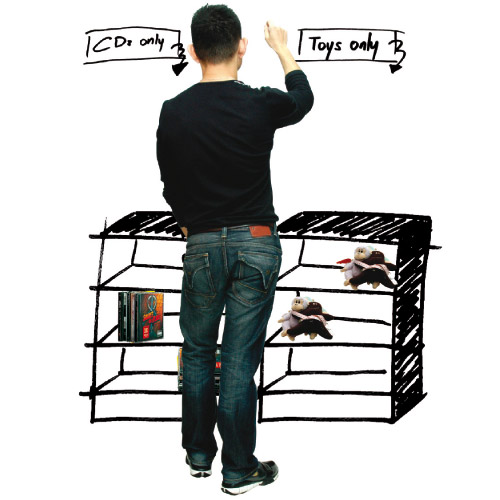 1. First, you must sort your things according to categories that make sense to you. Think about grouping items together by type, activity, frequency of use and physical characteristics. For example, you might want to stuff incriminating magazines and DVDs into harder-to-reach places that only you know about.
1. First, you must sort your things according to categories that make sense to you. Think about grouping items together by type, activity, frequency of use and physical characteristics. For example, you might want to stuff incriminating magazines and DVDs into harder-to-reach places that only you know about. 2. Reduce the amount of your junk by selling or discard items that are worn or broken out. This is the perfect excuse to give away that Playstation that don’t work anymore (it ain’t going up in value, honey).
2. Reduce the amount of your junk by selling or discard items that are worn or broken out. This is the perfect excuse to give away that Playstation that don’t work anymore (it ain’t going up in value, honey).
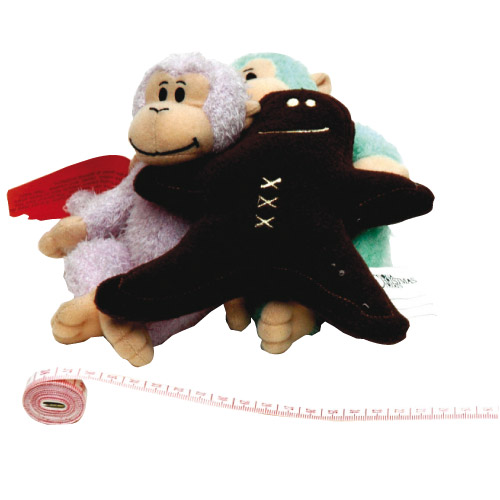
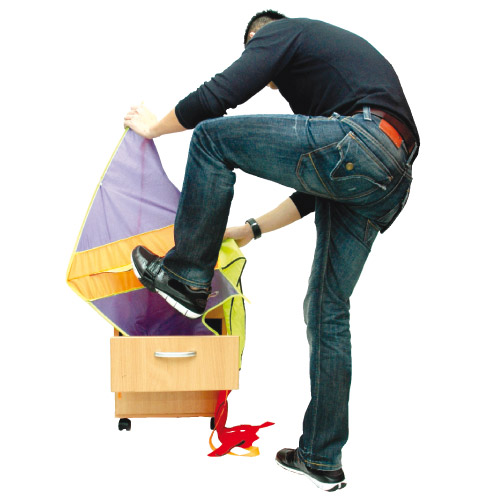 5. With that all done, you can now determine your storage solution. Select storage solutions that match the physical requirements of your items, the space available and your taste. Make sure your storage units work for you, and not the other way round.
5. With that all done, you can now determine your storage solution. Select storage solutions that match the physical requirements of your items, the space available and your taste. Make sure your storage units work for you, and not the other way round.









